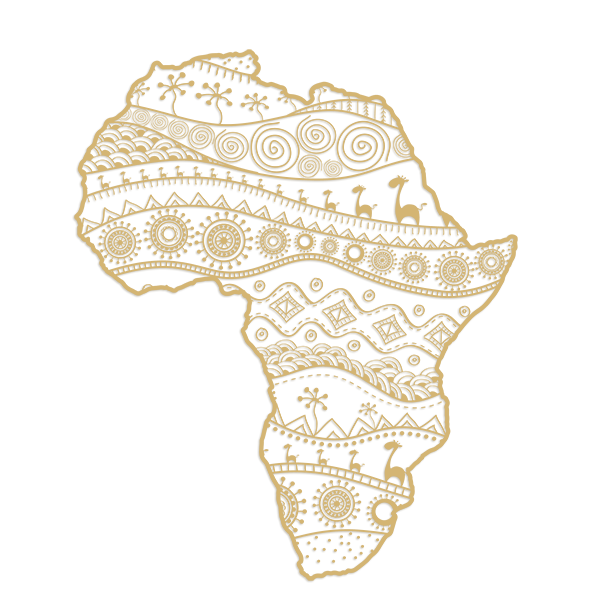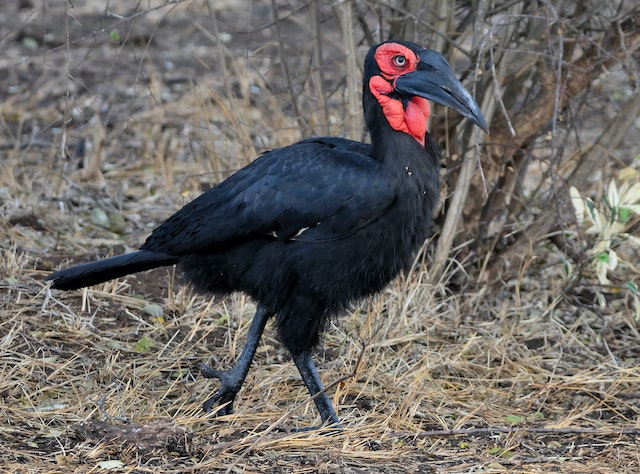
Our Mascot Sandy the Hornbill

The Southern ground hornbill (Bucorvus leadbeateri) is a large bird native to sub-Saharan Africa. It is the largest species of hornbill, and is easily recognizable by its black and white plumage, long tail feathers, and large red throat pouch. The Southern ground hornbill is a social bird, living in groups of up to seven individuals. They feed mainly on insects, small reptiles, and other small animals.
The number of Southern Ground-Hornbills outside formally protected areas in South Africa is declining due to loss and transformation of habitat, poisoning, persecution and electrocution. The species is listed as globally Vulnerable and have been uplisted to Endangered in 2014 in South Africa.
Conservation status: Vulnerable (Population decreasing) Encyclopedia of Life
Scientific name: Bucorvus leadbeateri
Mass: 3.8 kg (Adult) Encyclopedia of Life
Length: 100 cm Encyclopedia of Life
Family: Bucorvidae
Kingdom: Animalia
Order: Bucerotiformes
The Southern ground hornbill is one of two species of ground hornbill, which are both found solely within Africa; it is the largest species of hornbill worldwide. The Southern ground hornbill is characterized by black coloration and vivid red patches of bare skin on the face and throat (yellow in juvenile birds), which are generally believed to keep dust out of the birds’ eyes while they forage during the dry season. The white tips of the wings (primary feathers) seen in flight are another diagnostic characteristic. The beak is black and straight and presents a casque, more developed in males. Females are smaller and have violet-blue skin on their throats. Juveniles to six years old lack the prominent red pouch but have a duller patch of grey in its place.

